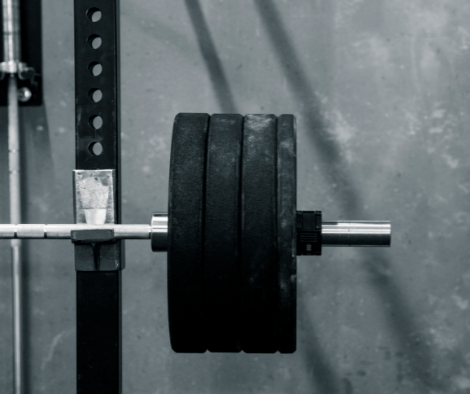Navigating Progressive Overload, Technique, and Consistency for Success
Strength training is a multifaceted endeavor that encompasses not only physical exertion but also a deep understanding of the science behind muscle growth and adaptation. Whether you’re a seasoned weightlifter or a newcomer to the world of fitness, achieving specific goals in weightlifting requires a strategic approach that integrates principles of progressive overload, proper technique, and unwavering consistency.
At the heart of effective strength training lies the concept of progressive overload. This principle dictates that in order to stimulate muscle growth and strength gains, you must gradually increase the demands placed on your muscles over time. This can be achieved by progressively increasing the weight lifted, the number of repetitions performed, or the intensity of your workouts. By continually challenging your muscles in this manner, you create the ideal conditions for growth and adaptation, ensuring that you continue to make progress towards your goals.

However, progressive overload is just one piece of the puzzle. Proper technique and form are equally essential for maximizing the effectiveness of your strength training workouts and minimizing the risk of injury. Performing exercises with incorrect form not only reduces their efficacy but also increases the likelihood of strain or injury. Therefore, it is crucial to prioritize proper technique and seek guidance from knowledgeable professionals, such as certified personal trainers, to ensure that you are performing exercises safely and effectively.
In addition to progressive overload and proper technique, consistency is key when it comes to achieving specific goals in weightlifting. Rome wasn’t built in a day, and neither is a strong, muscular physique. Consistently showing up and putting in the work, even on days when motivation is low, is essential for making meaningful progress over time. This means adhering to a regular training schedule, prioritizing recovery and rest, and maintaining a disciplined approach to nutrition and hydration.

Setting specific, measurable goals is another crucial aspect of successful strength training. Whether your goal is to increase your bench press max, squat heavier weights, or improve your overall strength and muscle mass, having a clear target gives you something concrete to work towards. It’s important to set both short-term and long-term goals, breaking down larger objectives into smaller, more manageable milestones that can be achieved incrementally.
Once you’ve established your goals, the next step is to develop a well-rounded training program that targets all major muscle groups. This includes incorporating a variety of exercises and training modalities, such as compound lifts, isolation exercises, and functional movements, to ensure comprehensive muscular development. Additionally, integrating cardiovascular exercise, flexibility training, and mobility work into your routine can help improve overall fitness and performance, enhancing your ability to achieve your strength training goals.

In order to monitor progress and track your journey towards your goals, it’s essential to keep detailed records of your workouts and performance metrics. This includes recording the weight lifted, number of repetitions and sets, rest intervals, and any other relevant data. By consistently tracking your progress, you can objectively assess your performance, identify areas for improvement, and make informed adjustments to your training program as needed.
Finally, it’s important to remember that achieving specific goals in weightlifting is not just about physical prowess; it also requires mental fortitude and resilience. There will inevitably be setbacks and challenges along the way, but it’s how you respond to these obstacles that ultimately determines your success. Stay focused, stay committed, and above all, believe in yourself and your ability to achieve your goals.

In conclusion, strength training is a science that requires a comprehensive understanding of physiological principles, as well as a strategic approach to goal setting and achievement. By integrating progressive overload, proper technique, consistency, goal setting, and meticulous record-keeping into your training regimen, you can unlock your full potential and achieve remarkable results in weightlifting. So, lace up your lifting shoes, grab that barbell, and let’s get to work!

Furthermore, for those seeking personalized guidance and support on their strength training journey, consider enlisting the expertise of a certified personal trainer and a nutrition coach. A knowledgeable coach can provide invaluable guidance, motivation, and accountability, helping you optimize your training program and nutrition plan to achieve your specific goals more efficiently. With their expertise and support, you can overcome obstacles, push past plateaus, and unlock your full potential in the gym and beyond. If you’re ready to take your strength training to the next level and achieve lasting results, reach out to a qualified coach today and embark on a transformative journey towards a stronger, healthier you.

